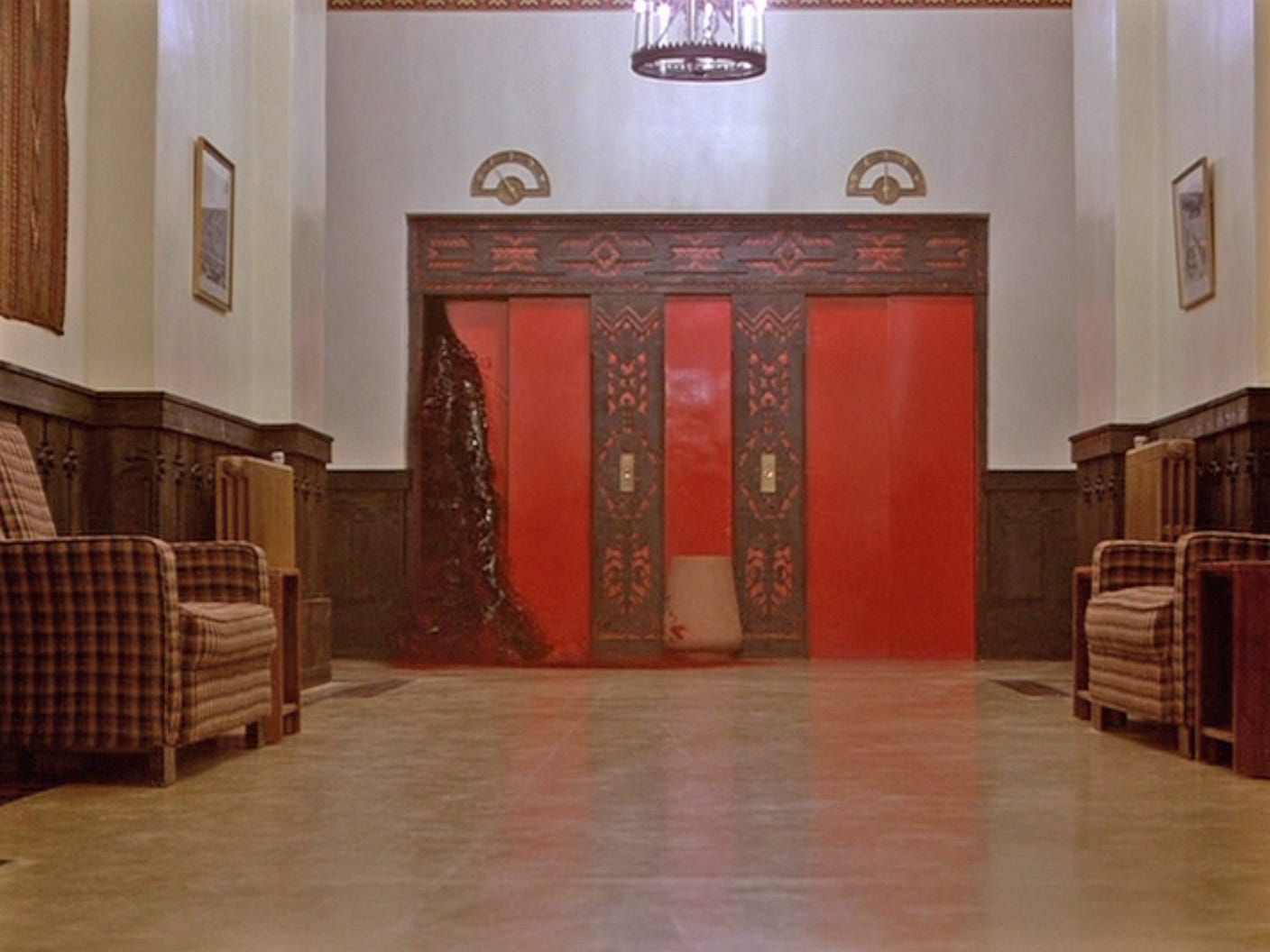This week I’m sharing my favourite assessment tool in learning the Alexander Technique; the Elevator Game! I’ve written about the 3 qualities of weight that exist in previous posts: dead weight, stiff weight, and animated weight. We all have these three qualities flowing through us to some extent (for example, fallen arches in the feet are an example of dead weight while plantar fasciitis is stiff weight). If you can accurately identify what quality you have where, then you have a much better chance of changing your coordination for the better.
I’ve attached a rough and ready video demonstrating how the Elevator Game works. Please check it out!
I call this the Elevator Game because the shoulder girdle has the ability to both raise up to the penthouse and depress into the basement. People regularly complain of shoulder pain and regularly are told that they should “keep their shoulders down”. This type of saying can unwittingly cause people to habitually compress their shoulders into the basement and hold them there. The result is a painful dead weight that flows through the arm and creates a loss of mobility and pain. Erroneously, these folks believe that their shoulder pain is caused by stiffness but the reality is that the shoulder has collapsed and actually needs to become slightly more animated!
In my video, I say that you should learn this game and figure out how the stiff and dead weight of the shoulder girdle rhymes within the rest of you. The most important place to learn this rhyme is within the head, neck, and upper back. I have some students that move their head in dead weight and others that move it with stiff weight. There does not seem to be any correlation with age, gender, or height so please, make no assumptions about yourself or your tight hips and take the time to figure out what’s going on with you!
In time, I’ll begin to demonstrate actual coordination tune up exercises you can try. But the only way you’ll be able to assess the quality of these exercises is to feel where and if you have stiff/dead weight. Take your time with this game!
From here on out, I may use the term penthouse to refer to a movement that jumped into stiff weight or basement to refer to dead weight floptitude.
Walking And Observing
In one of my earliest posts, I say that Walking is the Best Exercise. I’m pretty comfortable dying on that hill and if you’ve read that post and gone for a walk as I described, you’re ready to add the following observations:
In the First Step - Are you dumping the head into dead weight ahead of the body?
In Turning - Ask yourself if your weight is balancing below the head or if it begins to stray into dead or stiff weight. Most of my students have some shift in the quality of their weight in the turn.
In the Back - The full length of the torso has some rotational quality. More on that later. But blocking this rotation creates stiff weight.
Find it. See it. Then you might change it.
Consider This
When it comes to changing one’s coordination. It is just as easy to swap one bad decision for another. In the world of music technique, there are great debates that players have on the proper way to do X. Rules get thrown about hard and fast and it seems like there’s no way of knowing what’s correct outside of what sounds best to an individual. In my opinion, the only thing that will help you assess what is helpful and what is not is by feeling if your weight is tending to become more animated and the sound more resonant.
My rationale behind this tendency is that your coordination is going to change over time and with it, the technique that you use to ride a bike, chop a vegetable, or do whatever. The Elevator Game will serve you well through all of these times.
** The first elevator image that came to my mind was from Silence of the Lambs... I decided that one might be a little extra rough for a Thursday AM post!




